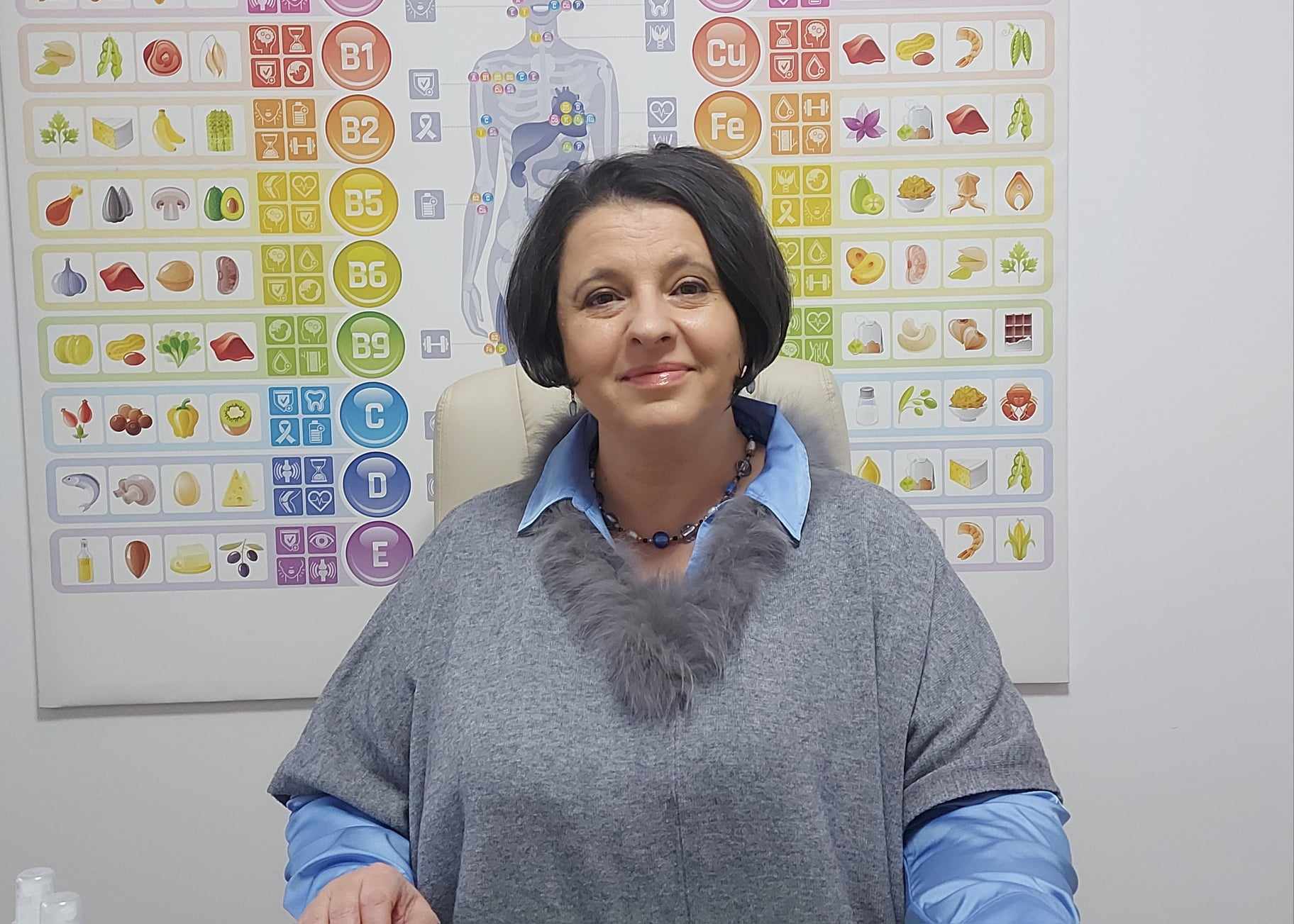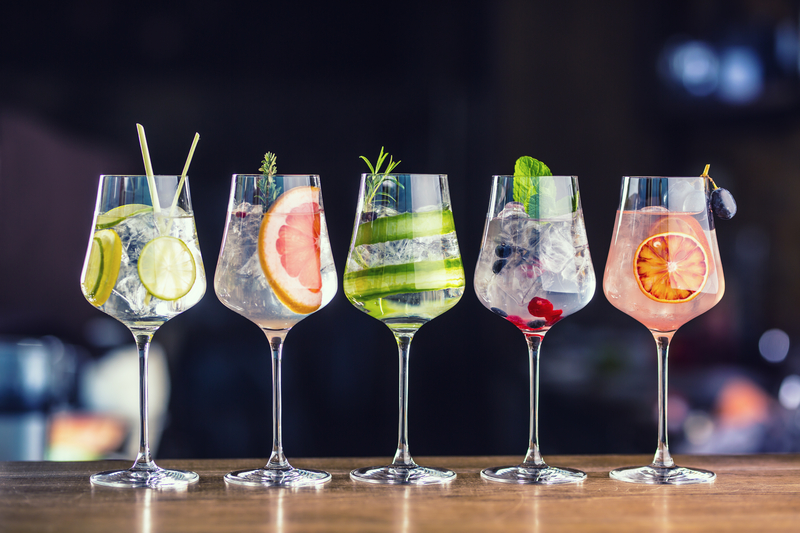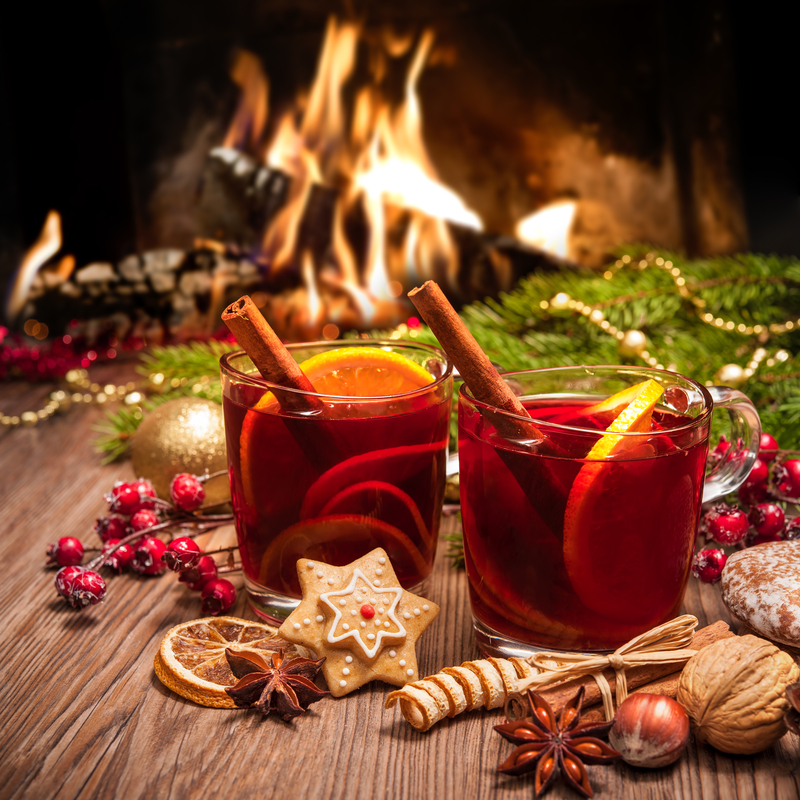
On festive tables of Romanians, especially on New Year’s Eve, along with traditional dishes, there is no shortage of alcoholic beverages. Traditionally, the most popular drink during this period is wine, regardless of whether it is cold, room temperature or mulled wine. But some prefer strong or even beer for the festive table.
“Drinking during the holidays is natural,” says nutritionist Ligia Alexandrescu.
But how much is normal to drink, how much is too much and which drinks are the most fattening?
The biggest problem is not the consumption of alcohol, but the amount that creates poison
Quantity makes poison, explains Ligia Alexandrescu. According to the nutritionist, as long as we control the amount of alcohol consumed and it is not too much, there is no problem.
In addition, hydration must also be done correctly: it is hot inside and cold outside, and it may happen that we do not feel the need to drink water. The risk lies in dehydration, Lihiia Alexandrescu points out: “During this period, we drink a lot of coffee, we stay up late because it’s parties, we meet with friends and family and don’t sleep much. Again, the risk of dehydration increases significantly. “

Ligia Alexandrescu, sports nutrition, food education and food communication consultant / Photo: HotNews.ro
The solution is to try to hydrate preventively, says Ligia Alexandrescu: “Constantly drink somewhere between 200-300 milliliters of water every half hour, trying not large amounts, not quickly, but small amounts, so that we can hydrate ourselves well during the cellular level, and not simply have the mechanical act of swallowing water, which is to quickly leave the body through the renal system and force it. Such small mouths to wet. It’s the difference between sanding and pouring rocks. Let’s drink water in small quantities, like sand, and not throw stones.”
Alcohol should never be consumed without hydration and prior food, so that the digestive system is already in a state of proper functioning, and the alcohol, in turn, is properly absorbed, and not directly in the intestines or liver.
Anything dry is more recommended
The size of the alcohol portion matters, and anything dry is more recommended, says nutritionist Ligia Alexandrescu.
The risk of weight gain should be the last concern when we talk about alcohol consumption, the first thing to think about is actually hepatotoxicity – how much alcohol we drink and what quality it is, stresses Ligia Alexandrescu: “Take care of high quality . It is difficult to find sulfite-free wine, but there are still organic and even country wines if they are well made. So dry wine, white if possible, because many people who consume meat and red wine can be allergic to tannin.”
Another key tip from nutritionist Ligia Alexandrescu is not to mix types of alcohol or, if we do, leave a break between them: “If we started with white wine, after a few hours we can also consume strong. Or we can start strong, in which case we must take at least an hour’s break before moving on to the wine. We can drink the strength as a digestif at the beginning of the meal, and after an hour or so, move on to the wine.”

Cocktail / Photo: Marian Vejcik | Dreamstime.com
We fill the glasses only after they are completely empty
Another trick to control the amount of alcohol you drink is not to refill the glass until it is completely empty: “We don’t pour into the glass, we don’t refill the glass until it’s empty. Otherwise, we risk losing track of the amount drunk, the number of glasses drunk. If we see that the glass is finished, we know it’s the second or third.”
Is there a recommended amount of alcohol consumption? Ligia Alexandrescu’s answer is affirmative: “The recommended amount for women is 200-250 milliliters of wine, and for men a maximum of 500 milliliters of wine for the entire evening. If it’s more, we’re talking about the negative effects of alcohol.”
Research shows that red wine is good for the heart, but if we exceed 350-500 milliliters, it causes us more harm, warns Ligia Alexandrescu: “We are talking about hepatotoxicity, which affects the emotional state, nervousness, headaches next time. day. Therefore, it is ideal to control the amount of alcohol,” Ligia Alexandrescu advises.

Mulled wine / Photo: Oleksandr Rats | Dreamstime.com
What makes you fatter – beer or strength?
For those who prefer beer on the New Year’s table, it is useful to know that it is practically the fattest of all alcoholic beverages – it contains a lot of sugar, grains, alcohol is also high in calories. And what’s more – since we don’t eat on an empty stomach – it comes and glues all the fat together.
As with wine, is there a recommended amount of beer that doesn’t cause problems? Yes, says Ligia Alexandrescu: 350 to 500 milliliters of beer is an amount that is not a problem, and it can even be slightly exceeded, since beer has a high water content.
Dry white wine extra dry has the fewest calories among drinks.
Despite the myths that circulate, strength is also low in calories, but this comes from the amount – if we consume only 50 milliliters, as recommended, strength is not a problem of calories. Instead, they can become real calorie bombs in combination with juices that contain a lot of sugar.
This is why we will never be able to compare the strength with beer, in terms of calories, explains nutritionist Ligia Alexandrescu, – beer will always have more calories because the amount drunk is more, not just 50 milliliters. Added to this is the effect of inflating, which is given by the bubbles in the beer.
Photo: Dreamstime.com
Source: Hot News
Ashley Bailey is a talented author and journalist known for her writing on trending topics. Currently working at 247 news reel, she brings readers fresh perspectives on current issues. With her well-researched and thought-provoking articles, she captures the zeitgeist and stays ahead of the latest trends. Ashley’s writing is a must-read for anyone interested in staying up-to-date with the latest developments.